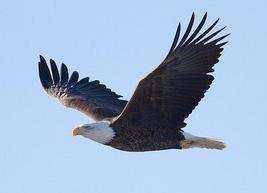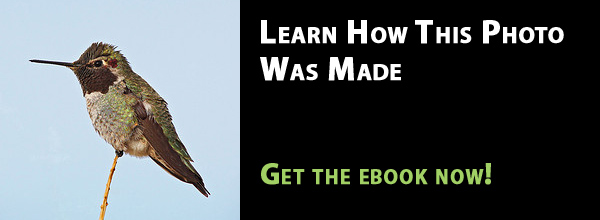
Sadly, baiting owls is still a problem. And, it looks like we have a new form of baiting to worry about: smartphone apps. Yes, there really does seem to be an “app for everything” these days.
Apparently, there are a few apps that mimic birdsongs which attract birds—allowing you to get a closer shot of them. Of course, using recorded birdsongs to attract birds is nothing new—but, with the growing popularity of smartphones and the ease of using apps, these birdsong apps are causing problems in a few nature reserves.
The problem with these apps is that they can potentially endanger the lives of birds. Using recorded birdsongs to attract birds may draw them away from feeding their young and breeding—something that’s especially important for endangered species.
One of the important things to remember about wildlife is that they spend their entire day looking for food and a mate. And, sometimes finding food is hard—they can’t just go to the grocery store down the street. So, anything that detracts them away from that (such as using a birdsong to attract them to a false mate) can potentially endanger their life.
As nature photographers, I believe our role should be to observe. Instead of trying to attract wildlife, we should sit and wait patiently, observing the world around us—or learn from the coyote and take on a more “opportunistic” approach to nature photography. This approach minimizes our impact on wildlife.
Taking the role of an observer does make nature photography a lot more difficult, but it also makes it a lot more rewarding. You might have to wait for hours in a blind before a bird lands on that perfect branch for you to photograph it.. or you might have to get down on the ground and wait patiently until a butterfly lands on that perfect flower. But, as a result, your photo will capture a truly wild moment. And, that’s what we should strive for as photonaturalists 🙂
Get more great tips in our free weekly newsletter.
 About the Author: Steve Berardi is a naturalist, photographer, software engineer, and founder of PhotoNaturalist. You can usually find him hiking in the beautiful mountains and deserts of southern California.
About the Author: Steve Berardi is a naturalist, photographer, software engineer, and founder of PhotoNaturalist. You can usually find him hiking in the beautiful mountains and deserts of southern California.

Leave a Reply